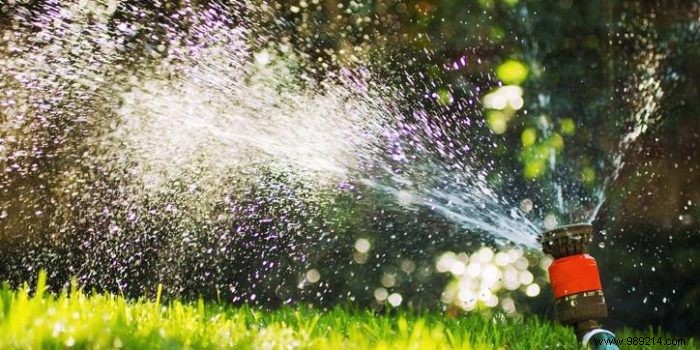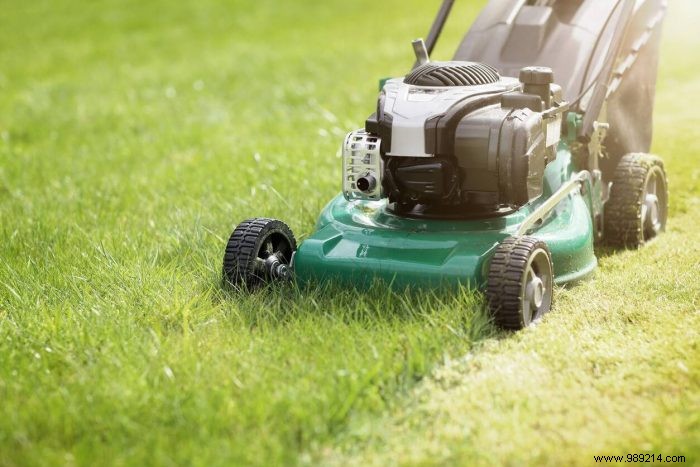
A beautiful green lawn is essential to add value to your home. Unfortunately, this beautiful green carpet is often put to the test because of our steps, the games of our children or the curiosity of our pets. To have a beautiful lawn and enjoy greenery all summer long, we invite you to follow these tips.
If you are planning to reseed a lawn, be aware that there are different types. A good or bad choice of lawn will affect the care you need to do in the future. Before making your purchase, your choice must depend on the climate, the nature of the soil and the use you are going to give it. Also, you have the choice between:

Poor lawn condition may be due to the acidity of your soil. Indeed, a soil that is too acidic prevents plants from absorbing nutrients. Thanks to its alkaline property, lime applied to the soil contributes to rebalancing the acidity of the soil towards a neutral pH. Liming your lawn promotes rooting and leaf growth while slowing the proliferation of moss and fungi.
However, it is advisable to scarify the lawn before liming the soil. Once you have finished liming your lawn, water it thoroughly. Lime can be applied to a lawn any time of the year as long as the ground is not frozen. That said, the ideal time is spring or fall.
Scarifying the lawn means removing dead grass and moss that has formed on the ground. This process facilitates aeration and ventilation of the soil and accelerates the calcification process. Before using the scarifier, please mow the lawn.
Regular mowing helps you get a thick, healthy lawn. The ideal is to cut the grass between 3.5 to 5 cm (in shaded areas). It is strongly recommended that you never cut more than a third of the height of the lawn. In the middle of summer, it is advisable to leave the grass a little longer, as it will better withstand periods of drought.
Also, the mowing must be done in a different direction so that the root does not always lie in the same direction. Also remember to regularly sharpen the blades of your mower to improve the appearance of the cut. For edges and other corners, the use of an edger allows a neater and more aesthetic result.
The lawn needs nutrients to grow well and turn green in no time. Compost should be rich in nitrogen, potassium, phosphate and magnesium. It is advisable to fertilize the garden every four to five weeks. To promote the growth and resistance of the lawn against diseases and pests, it is also recommended to apply organic fertilizers.
Fertilizer should be applied to grass clippings to ensure it soaks into the soil quickly. After fertilizing, it is necessary to water the lawn so that the fertilizer dissolves and the nutrients take effect.
Lawn watering is also important to keep a green lawn. The frequency of watering depends primarily on the temperature conditions and soil moisture. When the leaves turn gray or begin to wilt, they are short of water.
If it is a new lawn, it must be watered abundantly once a day so that the seeds can germinate and the roots are firmly anchored in the ground.

With new technology, using an automatic sprinkler system allows you to water the lawn. However, avoid at all costs watering the lawn during the sunniest hours. Not only will the water evaporate, but the grass may burn.
Regular mowing is a good solution to prevent the appearance of weeds. But sometimes that is not enough. To permanently eradicate weeds, avoid non-chemical treatments by favoring the use of an adequate tool.
While a manual scarifier is sufficient to eliminate small weeds, more resistant weeds such as dandelions must be removed with a scaffold. But if the weeds are very invasive, you can restructure the whole soil and cover it with new lawns.